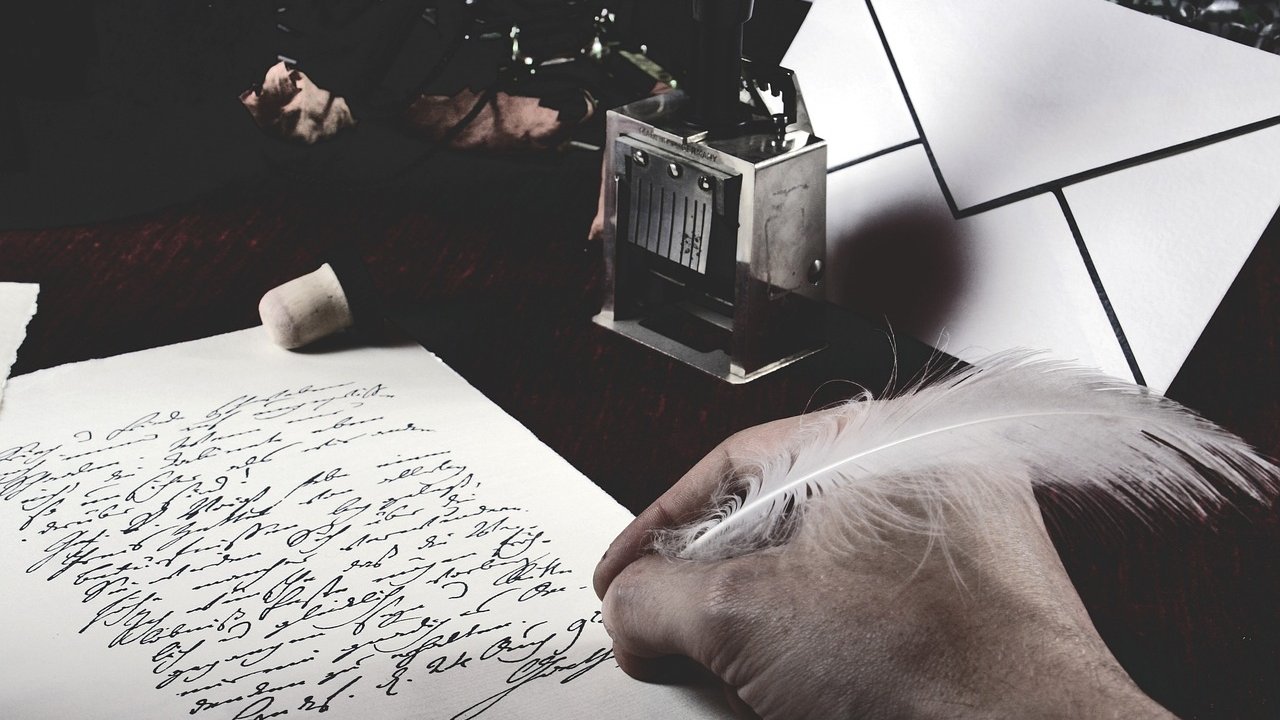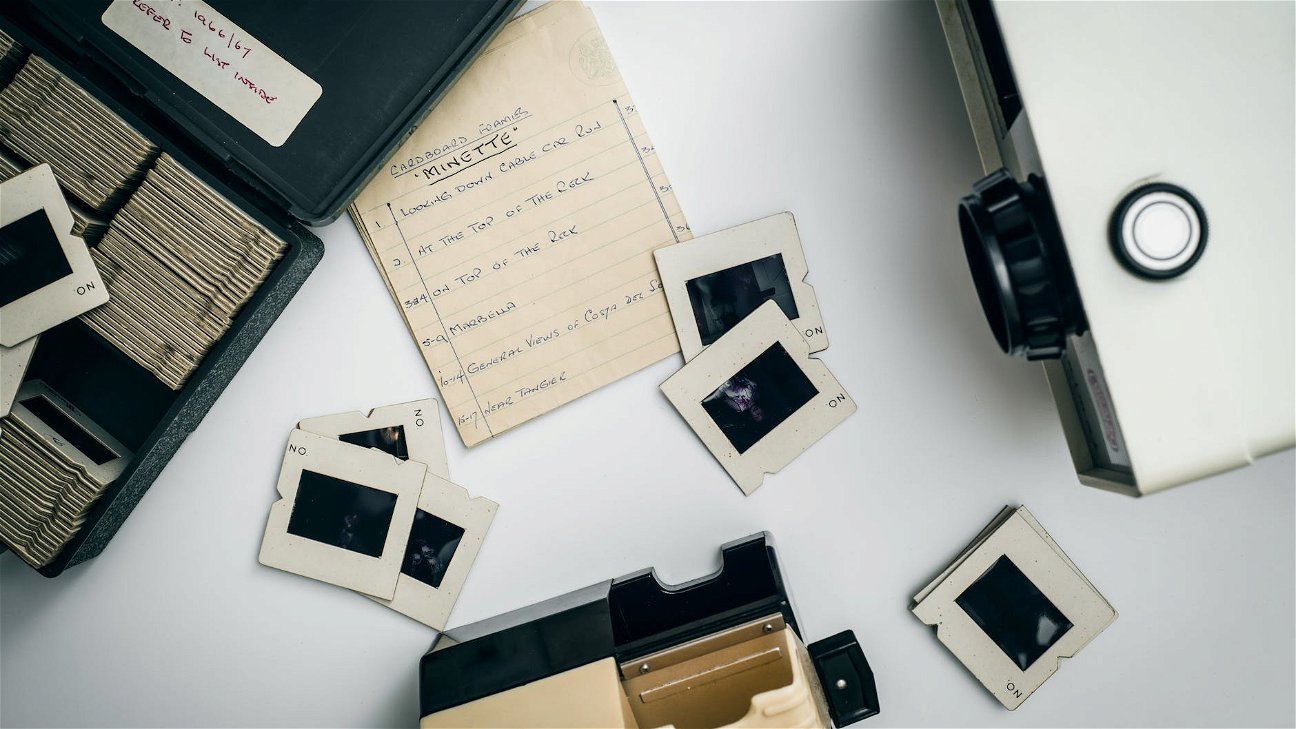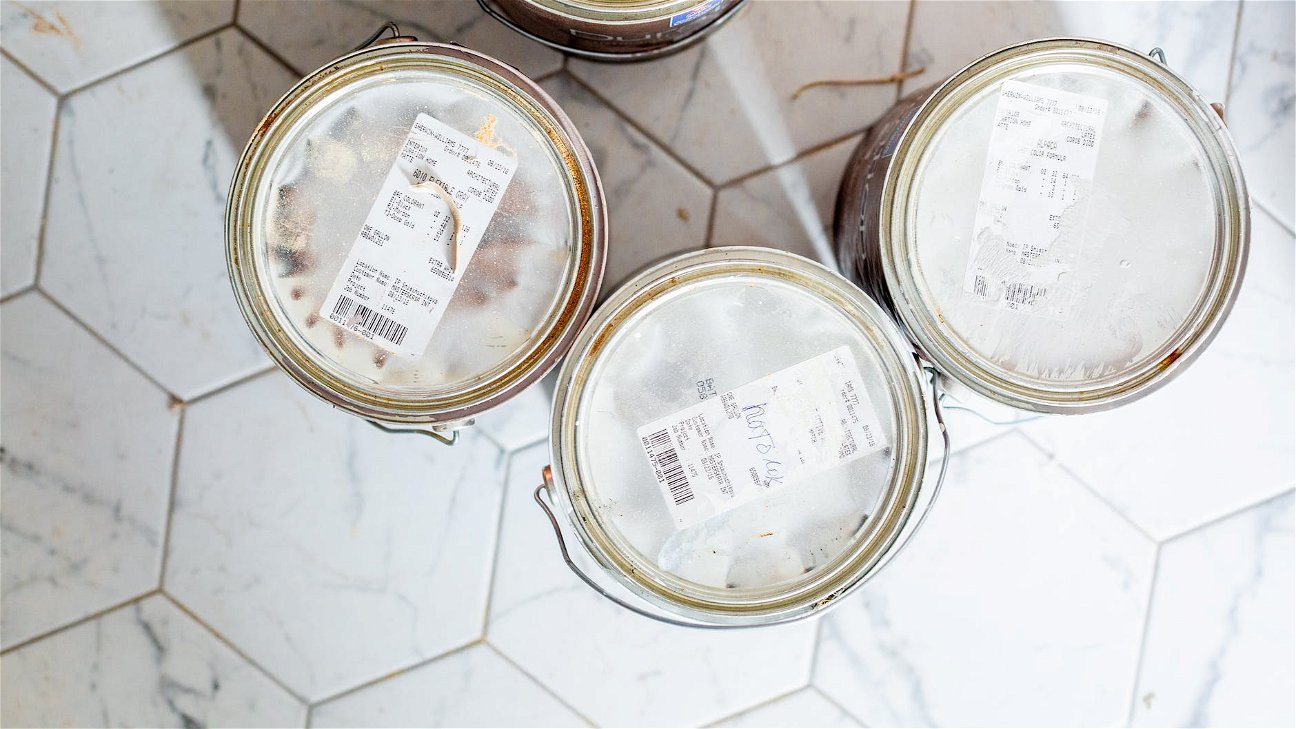
Welcome to the wonderful world of hand lettering. It's a creative space where you can express yourself in a unique way. Whether you want to design greeting cards, wall art, or just want to explore a new artistic skill, hand lettering has plenty to offer.
Hand lettering is essentially the art of drawing letters, different from regular handwriting or calligraphy. It's a skill that requires patience, practice, and the right tools.
What you need to start with
To begin your journey in hand lettering, here are the basic tools you will need:
-
Pencils: A good pencil is your primary tool for sketching your lettering designs. You might want to have both a regular pencil and a mechanical one. The regular pencil is great for sketching and shading, while the mechanical pencil gives you precision.
-
Erasers: You'll definitely make some mistakes along the way, and that's perfectly okay! Erasers help you correct them. It's handy to have both a large eraser for big mistakes and a precision eraser for tiny, intricate errors.
-
Rulers: A ruler helps you make straight lines and align your letters properly. You might also want a shape template if you're planning to incorporate shapes into your designs.
-
Brush pens: These are the stars of the show in hand lettering. Brush pens allow you to create the distinctive thick and thin strokes that define hand lettering.
-
Paper: Not just any paper will do for hand lettering. You need thick, smooth paper that can handle the ink from your brush pens without bleeding.
Tips and tricks for beginners
Hand lettering might seem daunting at first, but with practice, you can definitely master it. Here are some tips to help you out:
-
Start with basic strokes: Before diving into letters, start by practicing basic strokes like lines, curves, and loops. This helps you get a feel for your brush pen and how pressure affects the thickness of your lines.
-
Use guidelines: Guidelines can be tremendously helpful in getting your letter proportions right. You can create your own guidelines with a ruler and pencil, or you can find printable ones online.
-
Don't rush: Hand lettering is not a fast process. Take your time with each stroke, and don't rush the creative process.
-
Practice, practice, practice: Like any skill, practice makes perfect. Set aside time every day to practice hand lettering. You might not see progress immediately, but don't get discouraged. Keep going!
Hand lettering is a beautiful art that anyone can learn with patience, practice, and the right tools.











